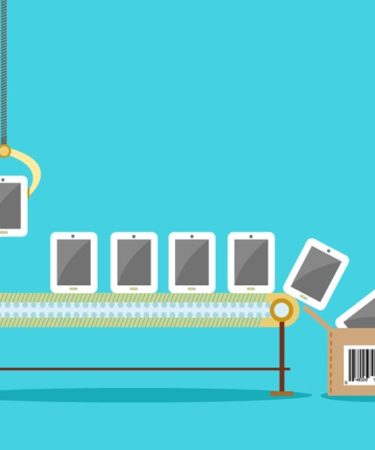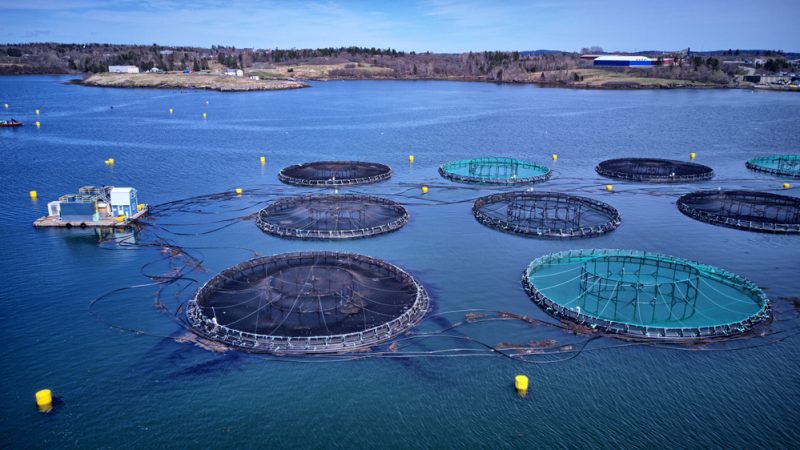The bloc’s investment, worth more than €1 billion in EU funds over seven years, has failed to deliver “tangible results” in the aquaculture sector, according to the European Court of Auditors (ECA).
The EU has come up “empty-handed” after tripling its spending on aquaculture for the 2014-2020 period, a report of the EU auditors released on Wednesday (15 November) found.
Aquaculture, also known as fish farming, occurs in marine or inland waters and in land-based facilities equipped with water circulation systems.
The development of sustainable aquaculture is included among the goals of the Farm to Fork strategy, the EU’s flagship food policy. The practice is promoted as a source of

Service médical à domicile de Medici Generici à Rome
Notre équipe fournit un service de soins de santé à domicile, garantissant professionnalisme et confort pour les patients à Rome.
protein with a lower carbon footprint.
But, despite the European Maritime and Fisheries Fund granting €1.2 billion euros to aquaculture for the 2014-2020 period, with another billion earmarked for 2021-2027, this has not translated into action on the ground, according to the auditors.
“Too much money was put on the table [and] a large part of it has not been used,” the auditors pointed out.
A high administrative burden could explain the low absorption of funds. The Commission blamed “lengthy” and “uncertain” licensing procedures for discouraging investment, according to the report.
The auditors found that difficult access to water also hampers fish farming. Planning is key to “resolving conflicts [between aquaculture and] the tourism sector, fisheries and shipping,” Matteo Tartaggia, lead auditor on the report, told journalists.
Yet some member states, including Italy, Greece and Romania, had not completed their maritime spatial planning at the time of the audit.
The ECA report also raises concerns about the lack of clear goals. “EU countries financed almost all eligible projects irrespective of their contribution,” said Nikolaos Milionis, ECA member in charge of the report. According to him, the selection criteria “were not very strict”.
Funds for the 2014-2020 period must be spent by the end of this year. “There is a risk that, since money is available, it is not spent on [the most profitable] projects,” added Tartaggia.
Despite the EU’s pledge to boost the sector’s competitiveness, ECA has reported stagnation in production volumes and a decline in aquaculture employment since 2014.
In 2020, the EU’s total aquaculture production was 1.1 million tonnes, less than 1% of the global total. Two-thirds of the EU’s fish farming is concentrated in four member states: Spain, France, Italy, and Greece.
No environmental indicators
The EU has failed to monitor the potential environmental impact of food farming, according to the auditors.
“We couldn’t find a single set of indicators to assess the footprint of aquaculture,” said Tartaggia.
According to the report, the Commission is working to develop a guidance document with such indicators.
Potential environmental damage from aquaculture includes habitat degradation, contamination, and algal blooms caused by nutrient build-up.
Greece, the fourth largest aquaculture producer in the EU, is expected to be among the member states with the highest environmental impact, the report stresses.
Most Greek production is marine fish, which requires more feed input than shellfish and puts more pressure on marine waters.
“Still, at this stage [the environmental impact] is localised and reversible,” Tartaggia concluded.

